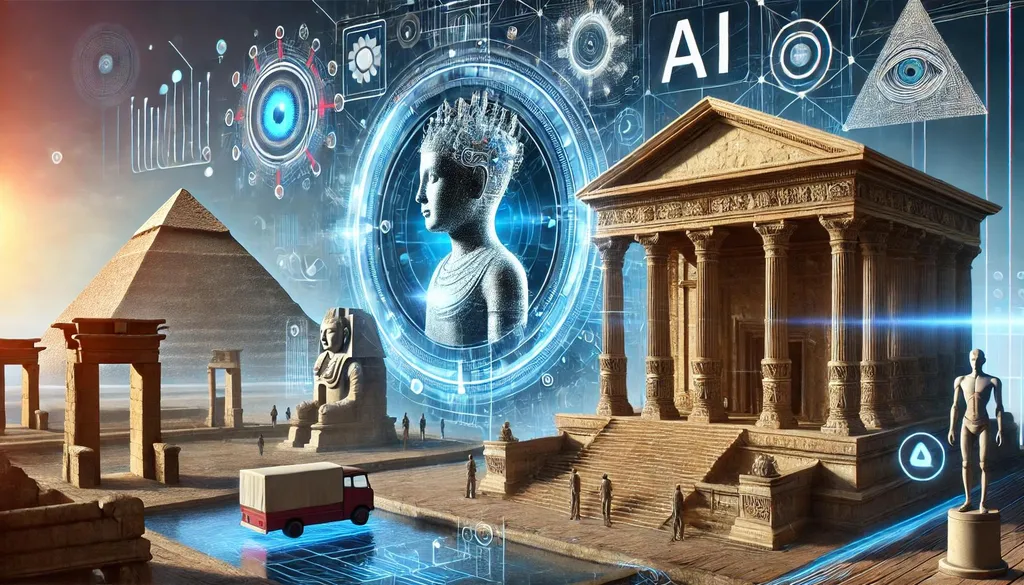In the heart of Europe, a groundbreaking approach to preserving historical architecture is unfolding, and it’s not just about bricks and mortar—it’s about data, algorithms, and a fusion of old-world craftsmanship with cutting-edge technology. At the center of this innovation is M. Attenni, a researcher from the School of Architecture and Design at the University of Camerino, Italy. His work on the UNESCO World Heritage site of Aachen Cathedral is setting new standards for how we document, understand, and conserve our shared cultural heritage.
Attenni’s research, published in *The International Archives of the Photogrammetry, Remote Sensing and Spatial Information Sciences* (translated to English as “The International Archives of Photogrammetry, Remote Sensing and Spatial Information Sciences”), combines 3D survey data with machine learning techniques to create a semantic classification workflow. This isn’t just about creating a digital twin of the cathedral; it’s about enriching that digital model with meaningful data that can guide conservation efforts and future research.
The Westwerk area of Aachen Cathedral, a masterpiece of medieval architecture, served as the testing ground for this innovative approach. Attenni and his team used Terrestrial Laser Scanning (TLS) and photogrammetric point clouds to gather detailed data about the structure. The real magic, however, lies in the hybrid approach they developed. “We combined 3D geometry-based classification using supervised algorithms, specifically Random Forest, with 2D image segmentation via META’s Segment Anything Model (SAM),” Attenni explains. This dual approach allowed the team to distinguish features with strong morphological differentiation using the 3D method, while the 2D approach proved more effective for visually subtle or geometrically similar elements.
The integration of spatial and radiometric data has led to a scalable, semi-automatic classification of historic masonry. By projecting annotated 2D masks onto the 3D model, the team improved the reliability of their classifications. This enriched, semantically annotated 3D dataset is a game-changer for documentation, conservation planning, and future research on complex heritage sites.
So, what does this mean for the energy sector and other industries? The implications are vast. For starters, the ability to create detailed, semantically annotated 3D models of historical sites can inform energy-efficient restoration and conservation practices. Understanding the material composition and construction techniques of historic buildings can lead to more informed decisions about insulation, heating, and cooling systems, ultimately reducing energy consumption and costs.
Moreover, the integration of machine learning and 3D survey data opens up new possibilities for predictive maintenance and structural health monitoring. By continuously analyzing the data, stakeholders can identify potential issues before they become critical, saving time and resources in the long run.
Attenni’s work is a testament to the power of interdisciplinary collaboration. By bridging the gap between architecture, computer science, and conservation, he has paved the way for future developments in the field. As we look to the future, the potential for similar approaches to be applied to other sectors—from urban planning to industrial design—is immense. The fusion of old and new, of craft and technology, is not just shaping the future of heritage conservation; it’s redefining the boundaries of what’s possible.

